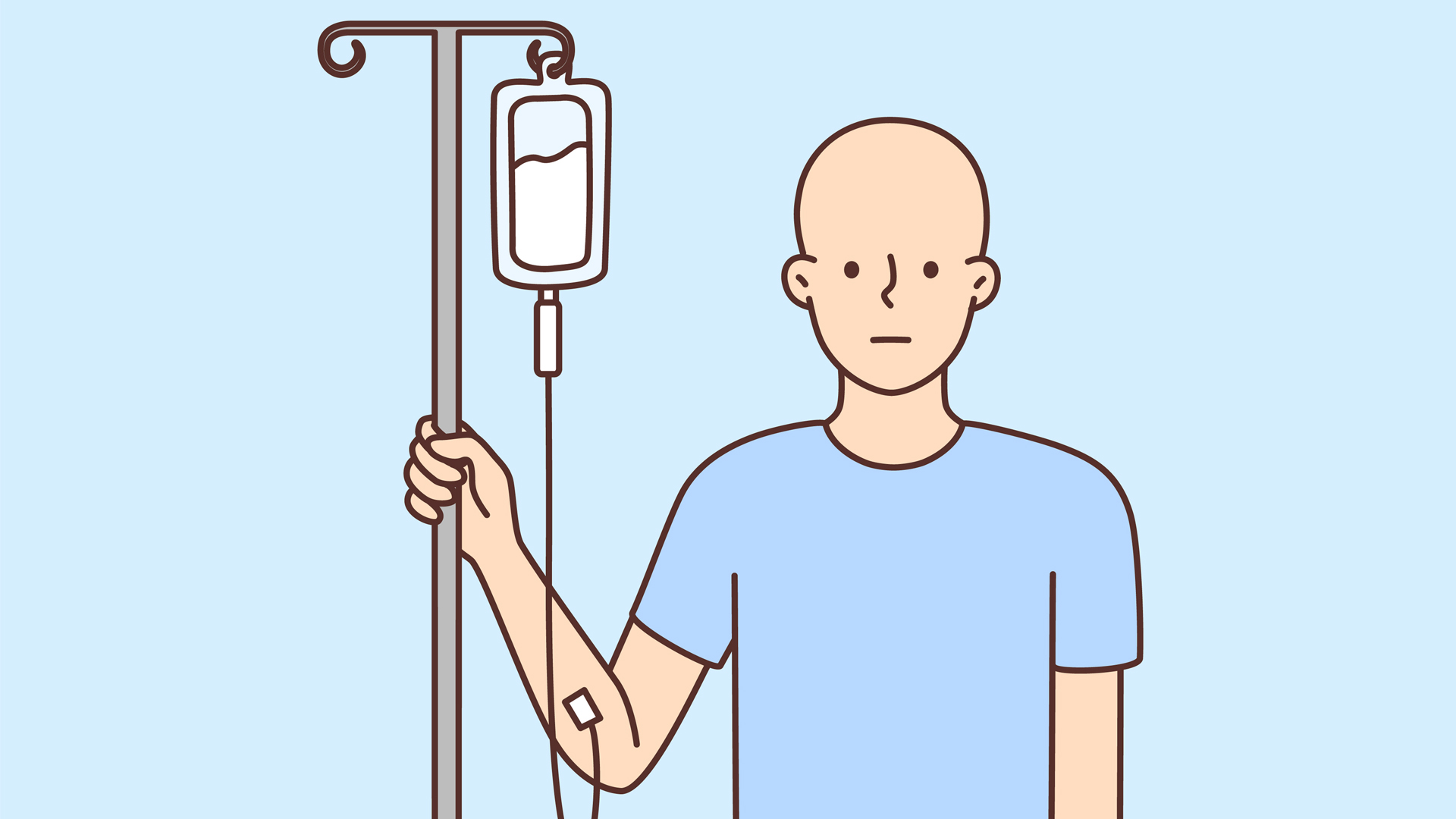
“Nothing about me without me” is a common trope in health care, particularly in research, practice and legislative measures aimed at advancing patient- and family-centred care. But even where the best efforts to achieve this aim have been made, there is room for improvement; at worst, patient engagement in health system improvement, like so many other well-intentioned reforms, is at risk of being relegated to tokenistic box-checking.
The last decade has seen patient and family engagement — collaborative approaches that involve patients and families in health care research, policy-making and planning — soar from a fringe ideal to a field of study in its own right, and the proliferation of patient and family advisory councils across the country is partial evidence of this shift. Health system administrators are increasingly recognizing the importance of patient and family voices in decision-making; they offer toolkits and guidelines for organizations looking to employ patient engagement methods. But if we are to truly orient the health system toward those who use it, we will need to move beyond good intentions to accountability for engagement processes and outcomes alike.
Health care is among the last sectors to place service users at the centre of their planning and decision-making activities. Although we are seeing increasing emphasis on engagement in clinical interactions, research and hospital design, at the system level, we focus on process compliance to the detriment of more nuanced understanding of what patients and families truly value. While patient engagement has the potential to contribute to a range of health system goals, from improved clinical care and safety to integration, we too often treat it as an afterthought — a “nice to have” but non-essential cog in the machine that is health care.
Quality indicators are institutionally defined and fail to capture the diversity of community-level priorities, providing an incomplete picture of health system quality. Inadequate compensation limits the professionalization and continuity of patient advisers in institutional settings. A focus on short-term engagement projects hinders more systemic change, and the dominant approaches, from advisory councils to surveys, vary widely in the depth of their engagement and the stage at which they are introduced. In fact, a 2014 review of stakeholder engagement in health care found that nearly half of the studies did not report how stakeholders’ views were synthesized and used in the project, and only 9 percent of the reports described strategies to balance stakeholders’ views with competing viewpoints.
Fortunately, we do have some places to start. Co-design has emerged as a dynamic approach to collaboration, whereby all stakeholders — health professionals, patients and policy-makers — can participate in a cyclical problem-solving process that acknowledges and minimizes power dynamics and hierarchy. In many ways, co-design aligns with principles of community health governance, which proposes that the best collaborative partnerships in health involve three elements: empowerment of individuals through active involvement in framing and solving problems; a bridging of perspectives and creation of social ties across interest groups; and generation of opportunities for breakthroughs through collaboration. At its best, co-design makes space for marginalized voices, builds consensus through trust, and results in improved understandings of a problem space — outcomes that many traditional forms of patient engagement struggle to produce.
At the same time, we are also witnessing the adoption and refinement of new technologies that make it easier than ever to appreciate the lived experiences of others. Virtual reality could for the first time make it possible for the public to appreciate what it means when hospital patients are exposed to an average of 135 alarms per patient per day (about one every 11 minutes, in case you were wondering). Frailty suits, like the one used in the Change Foundation’s Experience Aging Project, are helping able-bodied people to appreciate what it’s like to grow old in a world largely designed without aging in mind.
The convergence of innovative engagement methodologies and technology suggests that we are getting closer to fulfilling the “Nothing about me without me” promise. But without adequate structures in place to facilitate this paradigm shift, these efforts will not deliver the systemic change we expect. We need to move patient and family engagement away from the edges to the centre of practice and, in so doing, acknowledge the subjectivity of “good care.”
Good health care means thinking bigger about the role engagement can play in health system reform. It means viewing engagement as an embedded orientation in daily practice. It means reliable and competitive compensation for patient and family advisers. And it means truly believing that this is a necessary and overdue pursuit. We already know that changing the system is necessary, and although it won’t be easy, we have plenty of places to start.
Photo: Shutterstock, by sheff.
Do you have something to say about the article you just read? Be part of the Policy Options discussion, and send in your own submission. Here is a link on how to do it. | Souhaitez-vous réagir à cet article ? Joignez-vous aux débats d’Options politiques et soumettez-nous votre texte en suivant ces directives.








